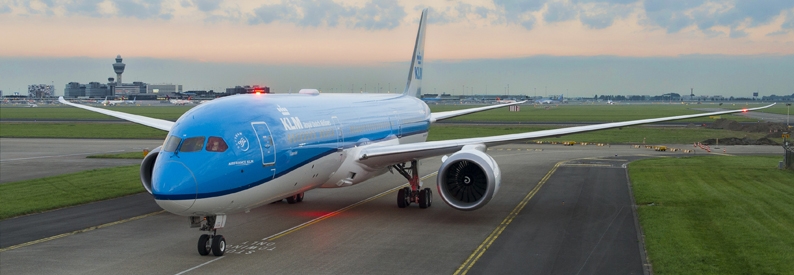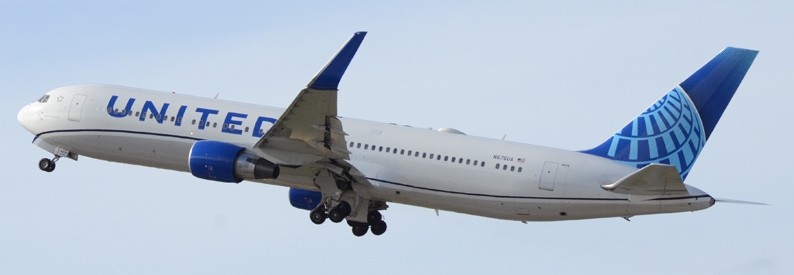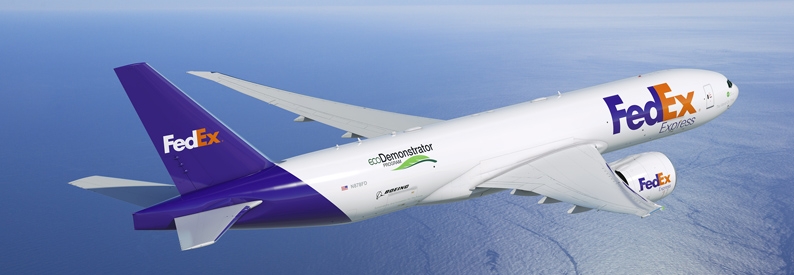FedEx Express (FX, Memphis International) intends to rely more on overland transport and less on air transportation as it attempts to cut USD6 billion in structural and incremental costs from its ledgers by 2026.
As reported in LogisticsInsider, FedEx's asset heavy hub and spoke network will segue towards more point-to-point flying and shift from the current fly-fly-fly model to a less expensive truck-fly-truck model. Aircraft will be parked, the remaining fifty-eight MD-11Fs will be retired by 2028 - an acceleration of the previously announced retirement timeline, and the use of commercial contractors and external service providers will increase. Reduced flight hours will mean less money spent on jet fuel, flight crews, and maintenance.
According to ch-aviation fleets data, FedEx Express operates 486 aircraft worldwide, with 111 of those planes currently inactive. Under the cost reduction plan, greater numbers of time sensitive FedEx shipments on routes with traditionally high levels of fluctuating demand will travel on commercial aircraft and contract carriers, while FedEx aircraft will be retained for use on year round high demand, high margin routes. Stops will be minimized which will allow FedEx to "optimize and densify its hub and spoke network."
Notably, FedEx intends to cut the amount of trans-Pacific flying it does by around 30% over the next few years. It says it will achieve this by consolidating shipment volumes. Within the United States, ground transportation will become the default option with air transportation reserved for high priority overnight shipments.
"We're taking the vast connectivity and capacity we've been building over the past 50 years and making it smarter, more efficient, and more flexible," said Richard Smith, FedEx Express CEO. He says he expects to see savings of USD250 million annually from the changes to FedEx's aircraft operations. FedEx's existing order for twenty seven B767-300Fs and six B777-200Fs will remain unchanged, however budgeted capex on new aircraft will fall from USD2.3 billion in FY22 to USD1.5 billion in FY25.








